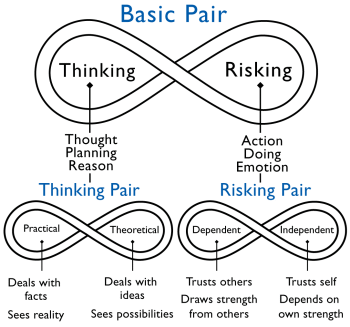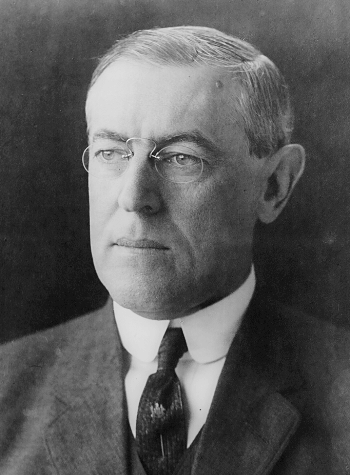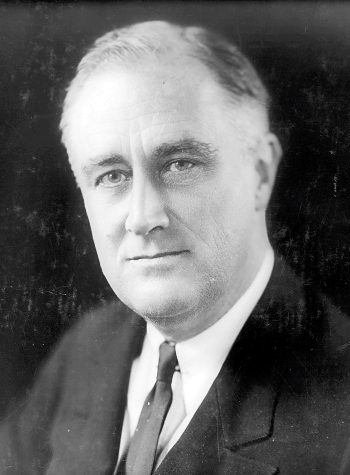Your Opposite Strengths
The Pocket Guide will help you understand the eight natural patterns of strength — one
of which is yours. Each of the eight patterns has a particular profile of interacting lead
and supporting strengths, as explained below.
At the core of your being, helping to shape your personality, is a bundle of strengths. You have
no counterbalancing weaknesses — only opposite strengths.
You have three pairs of strengths. The two strengths in each pair are polar opposites (rather
like the North and South Poles).
In each pair of opposite strengths, one is a lead strength and the other is a supporting strength.
You naturally use your three lead strengths more than you use your three supporting strengths.
A physical analogy to this concept is being either right-handed or left-handed.
In effect, having lead and supporting strengths gives you a lop-sided nature, since it makes you
out-of-balance in the core of your being. Your lack of symmetry is nothing to worry about,
however. It is part of what makes you human.

Personal Growth
There are three basic requirements for fulfilling your potential.
- be yourself
- be flexible
- break polarization
When you are yourself, you are doing what comes naturally. You
- use your natural pattern of strengths
- are true to yourself
- freely express your lead strengths.
When you are flexible, you are doing what the outside world is asking of you. You
- use the particular strengths required to solve the problem in a situation
- are true to your relationships with others
- emphasize your supporting strength.
When you break polarization, you move back and forth between being yourself
and being flexible, alternating between the two states. It works like walking, when you
shift your weight from one leg to the other and then back to the first leg again.
The alternating use of both legs is what moves you forward.
The Success Process
If you over-express your lead strengths it will often create a problem for you. Personal growth
begins when you solve that problem by emphasizing your supporting strengths. If in the process
you over-express your supporting strengths, you will eventually begin to feel uncomfortable
and want to go back to being your natural self. You solve this new problem by emphasizing
your lead strengths again.
With practice you will become more sensitive to problems at both extremes. You will catch
the problems sooner, when less pronounced reactions are required. In this way you will learn
to nurture your personal growth more and more smoothly.
 This Pocket Guide provides a convenient summary of
Opposite Strengths and how you can apply and benefit from it in your daily life.
The eight case studies illustrate how to apply Opposite Strengths to make you more successful in life and relationships.
This Pocket Guide provides a convenient summary of
Opposite Strengths and how you can apply and benefit from it in your daily life.
The eight case studies illustrate how to apply Opposite Strengths to make you more successful in life and relationships.

 Pattern I: Dwight D. Eisenhower
Pattern I: Dwight D. Eisenhower
 Pattern II: Harry S. Truman
Pattern II: Harry S. Truman
 Pattern III: Woodrow Wilson
Pattern III: Woodrow Wilson
 Pattern IV: John F. Kennedy
Pattern IV: John F. Kennedy
 Pattern V: Jimmy Carter
Pattern V: Jimmy Carter Pattern VI: Theodore 'Teddy' Roosevelt
Pattern VI: Theodore 'Teddy' Roosevelt Pattern VII: Lyndon B. Johnson
Pattern VII: Lyndon B. Johnson Pattern VIII: Franklin D. Roosevelt
Pattern VIII: Franklin D. Roosevelt